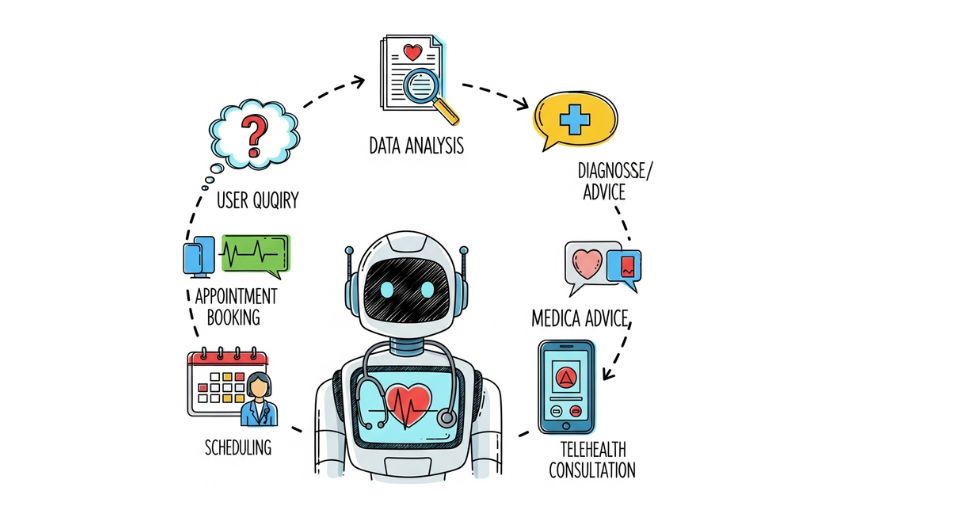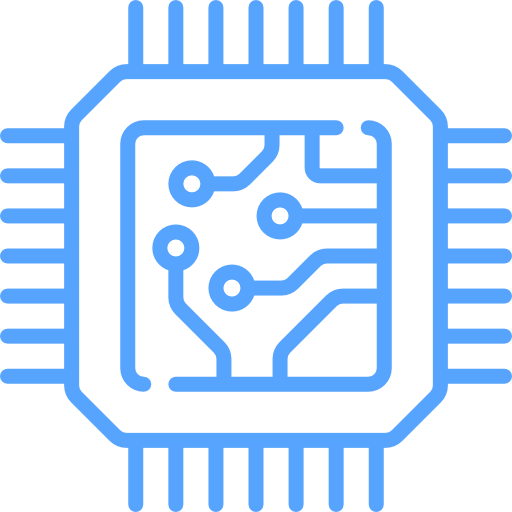Healthcare Virtual Assistant Market To Reach $2,457.33 Million by 2032

A thorough analysis of the global healthcare virtual assistant market published by Metastat Insight is a cornerstone of comprehending the advanced ecosystem of electronic health support devices that interact with patients remotely. Hubs of digital assistance innovation in clinical and administrative applications keep showing how technology reinforces patients' confidence in virtual assistants. The study paints a rich picture of how intelligent voice, chat, and text-based agents support individuals in navigating care, scheduling appointments, offering reminders, and guiding through symptom checks. As this field expands, demand rises for solutions calibrated to user preferences, cultural contexts, and linguistic nuances. Those solutions blend advanced algorithms and human-centric design to deliver seamless experiences around the clock. The story progresses from considering digital assistants as mere calendar apps to realizing such systems as central to enhancing patient interaction, care continuity, and overall satisfaction.
Health care professionals increasingly partner with software engineers to provide virtual assistants that can respond to sophisticated questions and mundane tasks. Such applications utilize chat capabilities to minimize administrative hassles, enabling clinicians and staff to concentrate on more individualized care. Technology groups behind virtual assistants investigate applications in a range of areas: triage, medication reminders, wellness check-ins, discharge follow-ups, and integration with electronic health records. Each module responds to user input in a context-aware manner, providing suggestions that mirror medical guidelines and organizational policies.
Training those systems on conversational data sets and evaluating how well they can deal with ambiguity are still crucial steps before deployment. Iterative refinements help reduce confusion, misinterpretation, or irrelevant responses. User experience designers emphasize empathetic dialogue, crafting voice and tone to reassure while remaining efficient. Feedback loops from patients create opportunities for continuous enhancement, turning every interaction into a learning moment for refinement.
Simultaneously, attention to compliance and privacy gains prominence. Data protection standards demand encryption, strict identity access controls, and audit trails that make digital helpers trustworthy in sensitive settings. Health information has to travel in secure conduits, with consent handling embedded directly in conversation paths. This emphasis on confidentiality breeds trust between end users and administrators. Developers work deliberately to infuse protections that keep personal information from being accidentally exposed and defend against being manipulated or attempted to be socially engineered. Contextualized testing for exposure simulates scenarios that protect virtual assistants against misuse or temptation to go off into unauthorized areas. Ethical design principles inform response mechanisms such that suggestions eschew hypothetical diagnoses and instead refer users to properly trained professionals when in doubt.
Concurrently, embedding natural language processing and artificial intelligence assists with flexibility between age groups and communication styles. Speech recognition algorithms compensate for accents, dialects, and speech disorders. Virtual assistant responses via text adapt to readability levels, provide support for multiple languages, or recognize emotional triggers that suggest distress. Adaptive systems can switch mode—such as from text to voice—when visual access is desirable. In the background, language models tap into curated health information, yet are kept in check against overreach, never asserting more than informational reach. Limitation transparency is baked into messaging, directing users back toward engaged consultation when warranted.
User uptake increases when interfaces are perceived as human. Virtual assistants that make references to prior conversation history in ongoing dialogue create continuity. Responders to follow-up messages feel the system recalls preferences, earlier concerns, or prior advice. Personalization that way helps foster trust and facilitates repeated interaction. Recently discharged hospital patient populations are served by check-in messages reminding them of drug regimen, cautioning regarding red-flag symptoms, or for follow-up visits. Chronic care management is aided by virtual assistance that tracks adherence and promotes healthy habits. Strategies for engagement merge supportive language with functional advice. Virtual assistants provide reminders with a soothing, pleasant rhythm instead of strict directions, which makes it more receptive.
Health system stakeholders note the enhancement of throughput and satisfaction. Routine questions are addressed by virtual assistants that previously overwhelmed call center capacity. Because human agents intervene only on a need basis, efficiency increases and patient wait times decrease. Workload for staff is redistributed from mundane tasks to more impactful clinical engagements. Administrators enjoy cost saving in proportion to scaled digital intervention. Resourcing is more strategic as workflows embrace both virtual and human agents engaged in coordination.
Beyond individual-organization implementation, interoperability is an area of utmost development. Virtual systems that integrate with appointment platforms, pharmacy systems, lab interfaces, and patient portals transfer data securely among touchpoints. Smooth hand-offs make it possible so that, when a virtual assistant suggests a test or referral, scheduling can progress without further resistance. Patients have smoother hand-offs, and healthcare systems have clearer channels. No less crucial is support for standards that promote compatibility. Compatibility with HL7 and FHIR standards facilitates interfacing with various health IT infrastructures.
Innovation perseveres through collaboration with universities and startups extending frontiers. Development pipelines are continued to be fueled by research in emotion detection, predictive reminders, behaviour nudges, and voice-based cognitive assessment. Virtual assistants imbued with behavioural science insights experiment with message framing variations to prompt preventive screenings or compliance. Those studies underpin how tone refinement—softer cues, encouragement, reward speech—can steer behaviour toward improved outcomes. Partnership with researchers helps ensure that experimental methods keep patient safety in mind, with contingency measures in place in case algorithms misunderstand intent.
Digital health conferences feature real-world application stories, deployment narratives, and documented gains in patient ratings. Organizations demonstrate what works—for example, scripted answers that reduce anxiety or physically unreachable care obstacles—so peers learn best practices quickly. Communities are built around common purposes: broadening reach, enhancing equity, and advancing access in underserved areas. Virtual assistors fill gaps where clinician availability is constrained or language obstacles prevent obtaining assistance.
A thorough analysis of the global healthcare virtual assistant market report published by Metastat Insight highlights how smart digital agents recast patient experience, operational processes, and care access without resorting to superficial comment. The findings highlight how conversational design entwines with privacy protection, integration potential, and empathetic tailoring to form systems trusted by users and valued by health systems. That context grounds expectations of continuous refinement via research, collaborations, and deployment experience. In conclusion, the introspection catalyzed by Metastat Insight's endeavors in the international healthcare virtual assistant space reiterates purpose-designed virtual companions are revolutionizing human-tech interactions and enhancing quality of care.
Drop us an email at:
inquiry@metastatinsight.com
Call us on:
+1 214 613 5758
+91 73850 57479
 Agriculture
Agriculture
 Aerospace and Defense
Aerospace and Defense
 Automation & Process Control
Automation & Process Control
 Automotive and Transportation
Automotive and Transportation
 Banking & Finance
Banking & Finance
 Biotechnology
Biotechnology
1.png) Chemicals and Materials
Chemicals and Materials
 Consumer Goods
Consumer Goods
 Energy and Power
Energy and Power
 Food and Beverages
Food and Beverages
 Healthcare IT
Healthcare IT
 Information & Communications
Information & Communications
 Manufacturing and Construction
Manufacturing and Construction
 Packaging
Packaging
 Pharmaceuticals
Pharmaceuticals
 Electronics and Semiconductor
Electronics and Semiconductor
 Medical Devices
Medical Devices







 US: +1 3023308252
US: +1 3023308252






